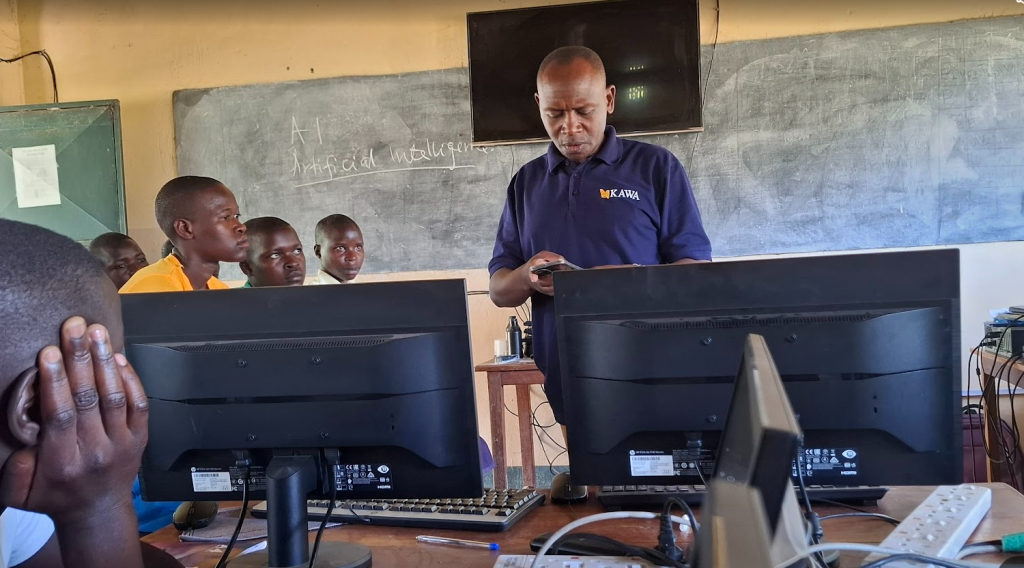The Levels of Artificial Intelligence – Narrow, General, and Superintelligence

When we talk about Artificial Intelligence (AI), it is important to understand that not all AI is the same. There are different levels of AI, based on what the system can do and how much intelligence it demonstrates compared to humans. These levels are Narrow AI, General AI, and Superintelligence.
1. Narrow AI (Weak AI)
This is the type of AI we use most today. Narrow AI is designed to do one task or a limited range of tasks extremely well, but it cannot go beyond that.
- Examples in Uganda:
- Mobile Money fraud detection systems – They only detect unusual transactions but cannot diagnose a disease.
- Voice assistants like Siri or Google Assistant – They can answer questions, play music, or set reminders, but they cannot cook food or think about climate change.
- AI-powered crop disease detectors – Apps that help farmers identify cassava brown streak or maize leaf blight by analyzing pictures.
Narrow AI is like a student who is brilliant in Mathematics but knows nothing about History. Very skilled, but only in one field.
2. General AI (Strong AI)
General AI refers to a future stage where AI would be able to think, learn, and adapt like a human being. This type of AI would not just be limited to one task—it could transfer knowledge from one area to another.
- Examples (future possibilities):
- An AI system that helps a farmer not only detect crop disease but also suggests treatment, calculates the cost, advises on the best time to plant, and translates instructions into Luganda or Ateso.
- A robot teacher in a Ugandan classroom that can teach Mathematics in the morning, help with Literature in the afternoon, and coach football in the evening.
This level of AI does not exist yet, but researchers around the world are working towards it. Some say it may be possible in a few decades, while others argue it may never fully happen.
3. Artificial Superintelligence (ASI)
This is the most advanced (and most debated) stage of AI. Superintelligence would mean machines that are far more intelligent than humans in every field—from science and engineering to creativity, social skills, and even decision-making.
- Speculative examples:
- An AI system that could design a new cure for malaria in hours, something that would take human scientists years.
- A system that could solve global climate change problems more effectively than all governments combined.
However, with this level comes big risks. Superintelligence could threaten jobs, increase inequality, or even become uncontrollable if not designed ethically. This is why ethics and human-centered principles are at the heart of AI learning, especially in ICT Clubs.
Why ICT Club Members Should Understand These Levels
- To avoid misconceptions: Many students think all AI is like science fiction robots. In reality, we are currently living with Narrow AI, and General AI is still a dream.
- To prepare for the future: As innovators, ICT Club members can start by building small AI projects (Narrow AI) but must also imagine what future systems could look like.
- To think critically about ethics: Should Uganda adopt General AI for decision-making in schools, hospitals, or governance? What happens if Superintelligence arrives? Who should control it?
Summary with a Ugandan Example
- Narrow AI (Today): A weather app predicting rainfall in Jinja.
- General AI (Future): A farming assistant that helps with planting, finances, and even markets.
- Superintelligence (Speculative): An AI system smarter than all Uganda’s universities combined, designing policies, running businesses, and solving poverty challenges.








